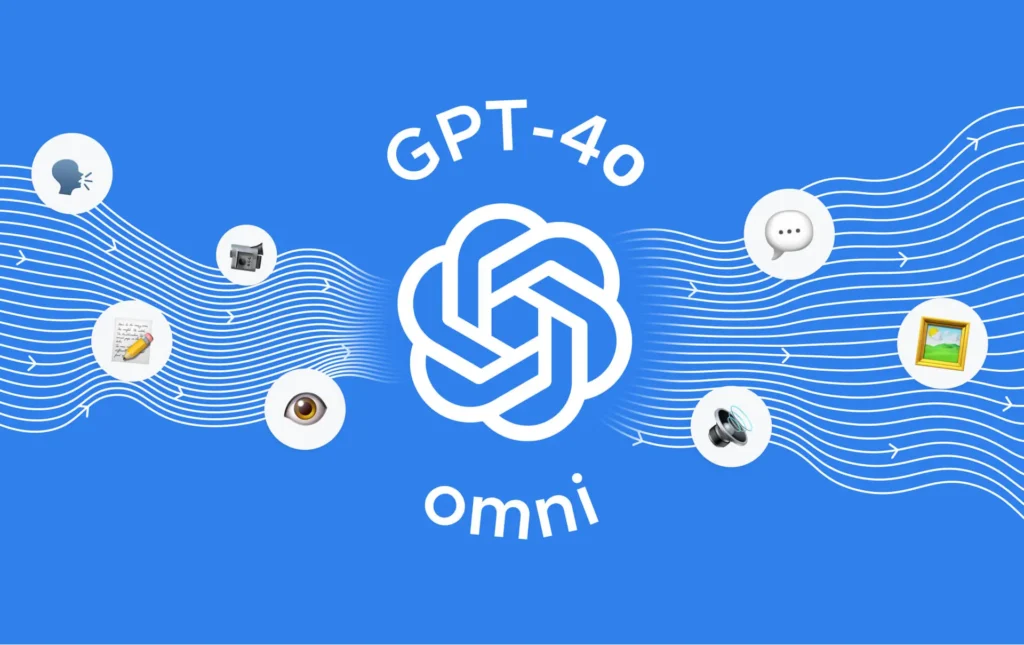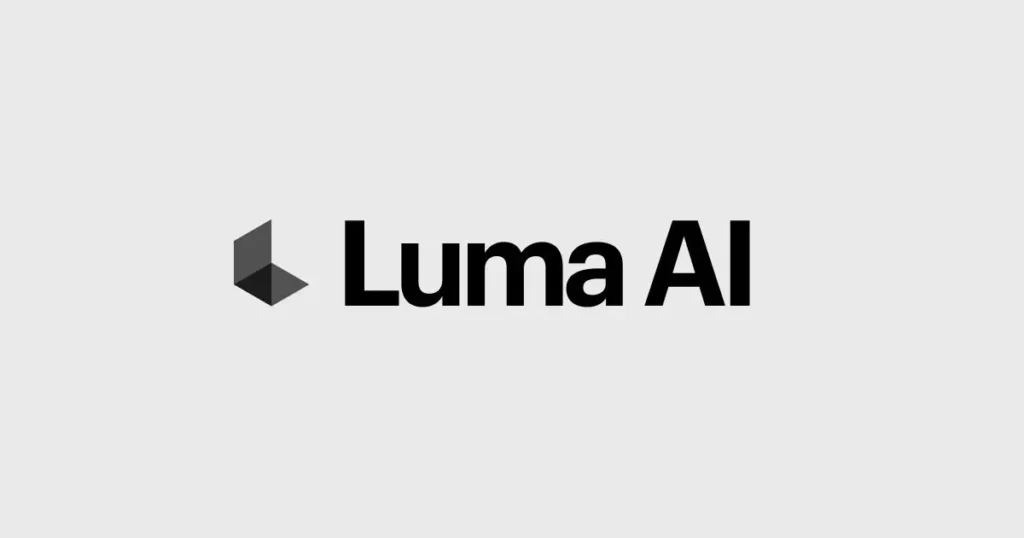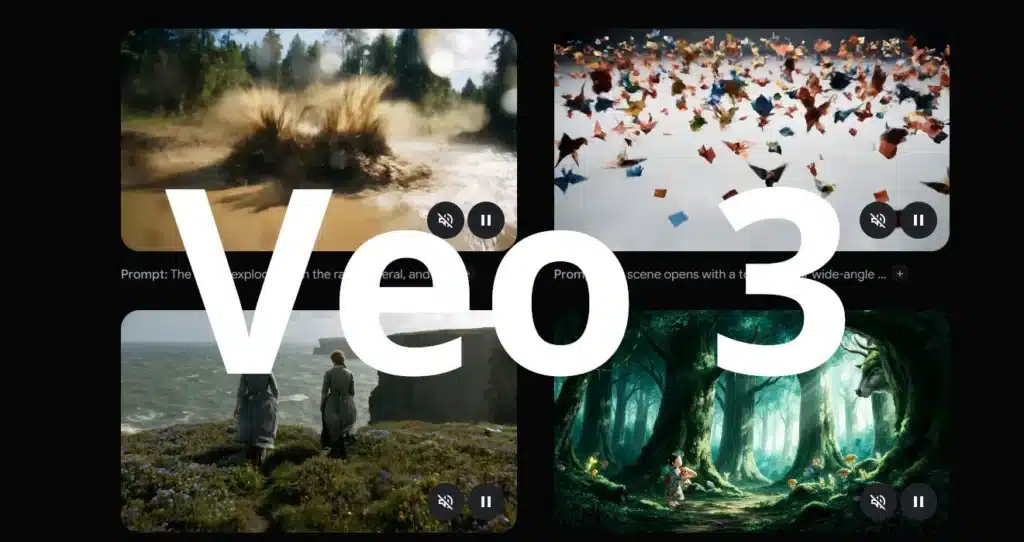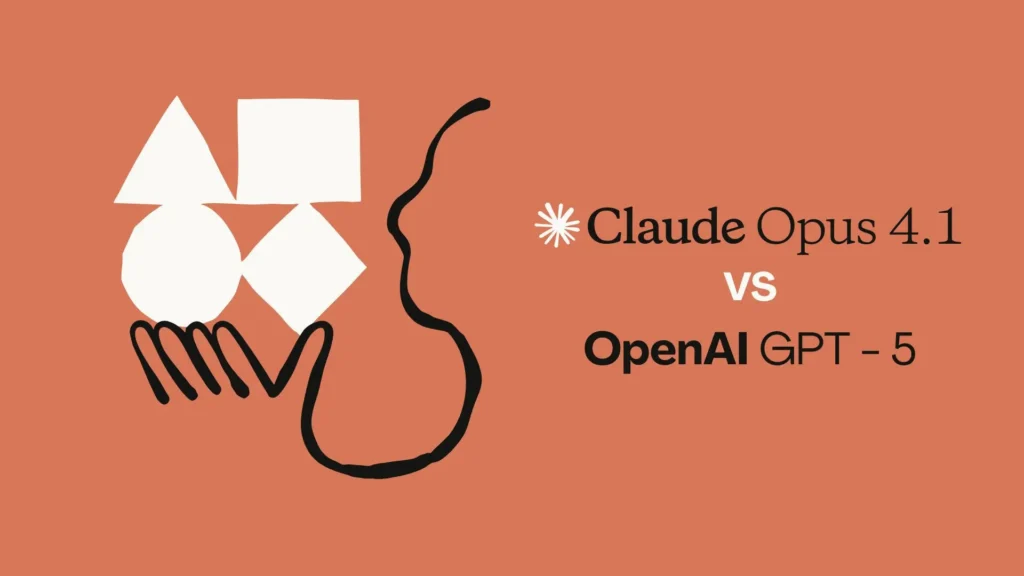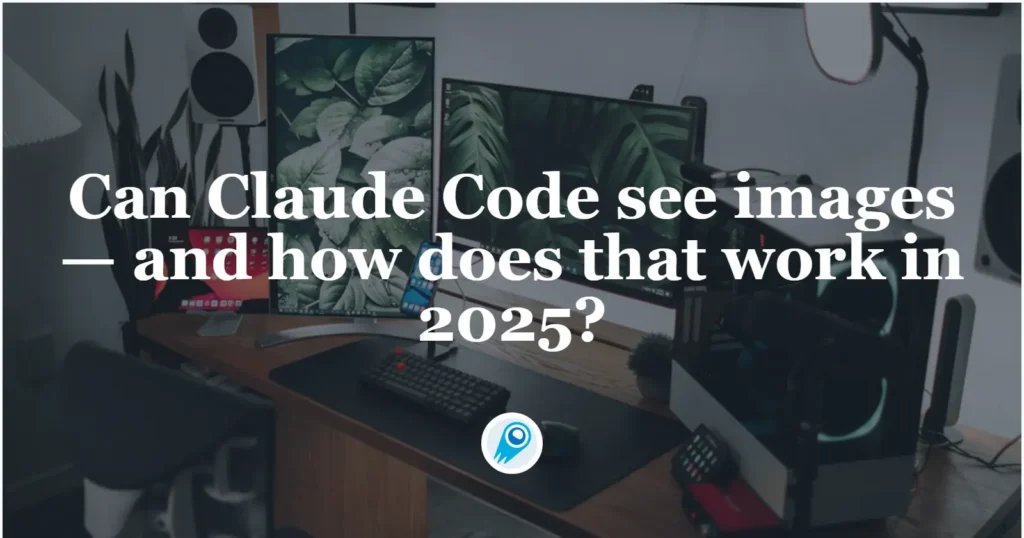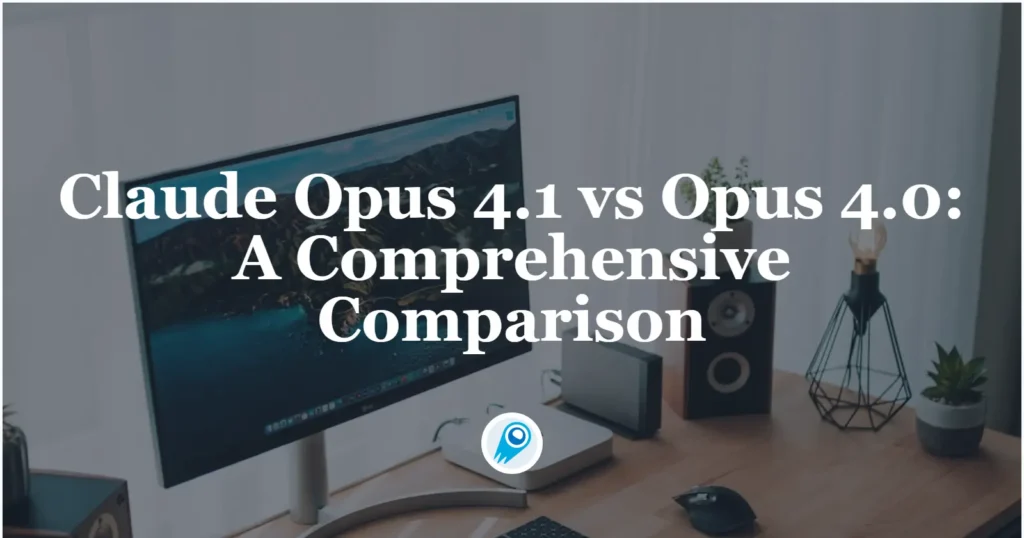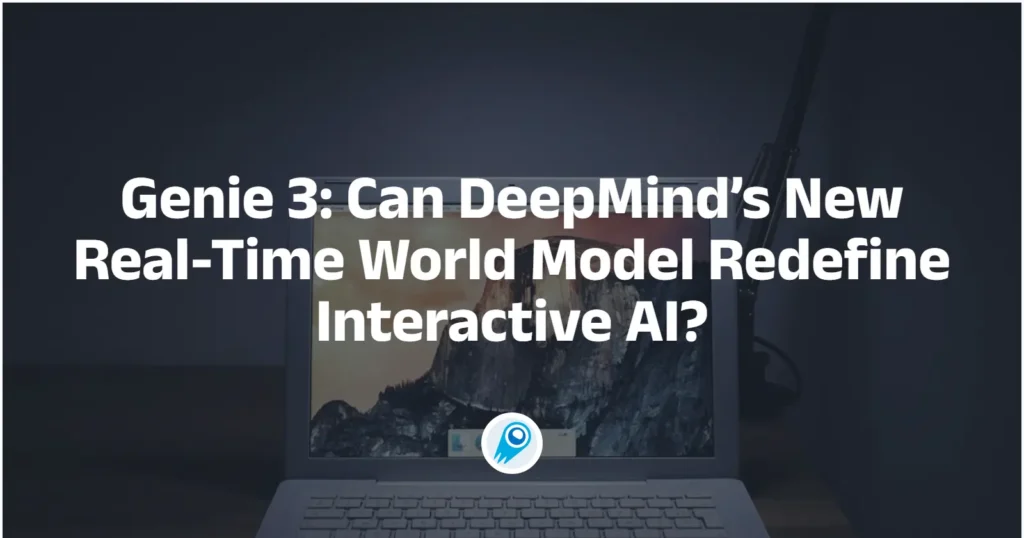GPT-4o is OpenAI’s high-performance, multimodal successor in the GPT-4 line that is available via the OpenAI API, in ChatGPT for paid tiers, and through cloud partners such as Azure. Because model availability and default settings have changed recently (including a brief replacement with GPT-5 and a user-driven restoration of GPT-4o in ChatGPT), the sensible path […]
What is the best AI Music Generator right now?
In the rapidly evolving landscape of artificial intelligence, Music Generators has emerged as one of the most exciting frontiers. As of August 2025, AI tools are not just assisting musicians but creating entire compositions from simple text prompts, revolutionizing how we produce, consume, and experience music. From hobbyists crafting personalized soundtracks to professionals seeking innovative […]
How Long does Luma AI Take
Luma AI has become one of the most talked-about tools in consumer and prosumer content creation: an app and cloud service that converts smartphone photos and video into photoreal 3D NeRFs, and — via its Dream Machine / Ray2 models — generates images and short videos from text or image prompts. But speed is one […]
How Much does Veo 3 Cost?
Google’s Veo 3 — the company’s latest video-generation model that produces synchronized visuals and native audio from text or images — has been rolled out across several access channels (Gemini / Google AI consumer plans, the Gemini API, and Vertex AI for enterprise). That means “how much it costs” depends on how you plan to […]
OpenAI’s GPT-5 vs Claude Opus 4.1: A coding comparison
Anthropic’s Claude Opus line (Opus 4 / Claude Opus 4.1) and OpenAI’s GPT-5 show state-of-the-art performance on modern coding benchmarks, but they trade strengths: Opus emphasizes long-context, multi-step agentic workflows while GPT-5 focuses on front-end polish, developer ergonomics and broad product integrations. The best choice depends on the tasks you need automated (single-file generation vs. […]
Can Claude Code see images— and how does that work in 2025?
Artificial-intelligence tooling is moving fast, and one of the recurring questions for engineers, product managers and technical buyers is simple: can Claude — and specifically Anthropic’s command-line tool “Claude Code” — actually see images and use them meaningfully in coding workflows? In this long-form piece I’ll synthesize the latest official releases, product docs and real-world […]
How to access Claude Opus 4.1 via CometAPI — a practical, up-to-date guide
Anthropic’s Claude Opus 4.1 arrived as an incremental but meaningful upgrade to the Opus family, with notable gains in coding, agentic workflows, and long-context reasoning. CometAPI—a vendor that aggregates 500+ models behind a single, OpenAI-style API—now exposes Opus 4.1 so teams can call the model without direct Anthropic integration. This article walks you step-by-step through […]
Claude Opus 4.1 vs Opus 4.0: A Comprehensive Comparison
Anthropic’s Claude series has become a cornerstone in the rapidly evolving landscape of large language models, particularly for enterprises and developers seeking cutting-edge AI capabilities. With the release of Claude Opus 4.1 on August 5, 2025, Anthropic delivers an incremental yet impactful upgrade over its predecessor, Claude Opus 4 (released May 22, 2025). This article […]
How to Use GPT-5’s new parameters and tools: A Practical Guide
OpenAI’s GPT-5 rollout brings a familiar goal — better accuracy, speed, and developer control — but pairs it with a fresh set of API parameters and tool integrations that change how teams design prompts, call models, and hook models to external runtimes. This article explains the key changes, shows concrete usage patterns, and gives best […]
Genie 3: Can DeepMind’s New Real-Time World Model Redefine Interactive AI?
In a move that underlines how quickly generative AI is moving beyond text and images, Google DeepMind today unveiled Genie 3, a general-purpose “world model” capable of turning simple text or image prompts into navigable, interactive 3D environments that run in real time. The system represents a leap from previous generative-video and world-model experiments: Genie […]

